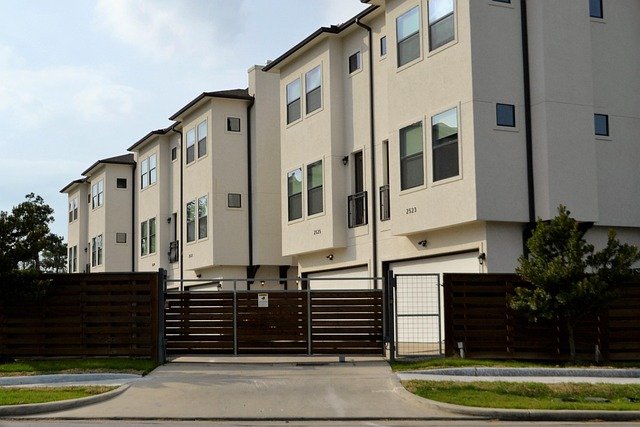The Silent Decay: Understanding the World of Abandoned Houses
Abandoned houses dot landscapes across the globe, telling silent stories of lives once lived and dreams left behind. These forgotten structures, often shrouded in mystery and overgrown with nature's reclamation, have become a subject of fascination for many. From urban explorers to real estate investors, abandoned houses capture imaginations and present unique opportunities and challenges in the world of property and housing.

Why do houses become abandoned?
Houses become abandoned for a multitude of reasons, each with its own set of circumstances and consequences. Economic downturns can lead to widespread foreclosures, leaving neighborhoods with multiple vacant properties. In some cases, industrial decline in an area may prompt mass exodus, resulting in entire communities of abandoned homes. Personal factors such as inheritance disputes, relocation without selling, or the inability to maintain a property due to age or illness can also contribute to abandonment. Natural disasters or environmental hazards may force residents to evacuate, sometimes permanently, leaving their homes to deteriorate over time.
What are the impacts of abandoned houses on communities?
Abandoned houses can have significant negative impacts on the surrounding community. These vacant properties often become eyesores, dragging down the aesthetic appeal and property values of neighboring homes. They can also pose safety hazards, attracting vandalism, squatters, or illegal activities. The presence of abandoned houses may increase crime rates in the area and create a sense of instability among residents. Additionally, these properties can become fire hazards or breeding grounds for pests, posing health risks to the community. Local governments may struggle with the financial burden of maintaining or demolishing these structures, which can strain municipal budgets.
How can abandoned houses be repurposed or rehabilitated?
Despite the challenges they present, abandoned houses also offer opportunities for revitalization and creative repurposing. Real estate investors and developers may see potential in these properties for renovation and resale, particularly in areas experiencing gentrification or urban renewal. Community organizations and local governments sometimes implement programs to rehabilitate abandoned houses into affordable housing or community spaces. In some cases, artists and cultural organizations have transformed abandoned properties into galleries, studios, or performance venues, breathing new life into neglected structures and neighborhoods.
What legal considerations surround abandoned houses?
The legal landscape surrounding abandoned houses can be complex and varies by jurisdiction. In many areas, local governments have the authority to declare a property abandoned after a certain period of vacancy or neglect. This designation may allow for intervention, such as forced sales or demolition. Property tax delinquency is often a key factor in determining abandonment status. Potential buyers of abandoned properties must navigate issues such as unclear titles, outstanding liens, and potential environmental liabilities. Some regions have implemented “urban homesteading” programs, allowing individuals to claim abandoned properties if they commit to rehabilitating and occupying them.
How do abandoned houses affect the real estate market?
Abandoned houses can have a significant impact on local real estate markets. The presence of these properties often depresses property values in the surrounding area, creating challenges for homeowners looking to sell. However, for investors and first-time buyers, abandoned houses may present opportunities to acquire property at below-market rates. The rehabilitation of abandoned homes can contribute to neighborhood revitalization, potentially spurring broader market improvements. Real estate professionals specializing in distressed properties may find a niche market in abandoned houses, offering services to navigate the unique challenges these properties present.
In conclusion, abandoned houses represent a complex issue at the intersection of real estate, community development, and social dynamics. While they pose significant challenges to neighborhoods and local governments, they also offer opportunities for creative solutions and community revitalization. Understanding the causes, impacts, and potential of abandoned houses is crucial for addressing this widespread phenomenon and finding ways to transform these silent structures into assets for communities and individuals alike.






